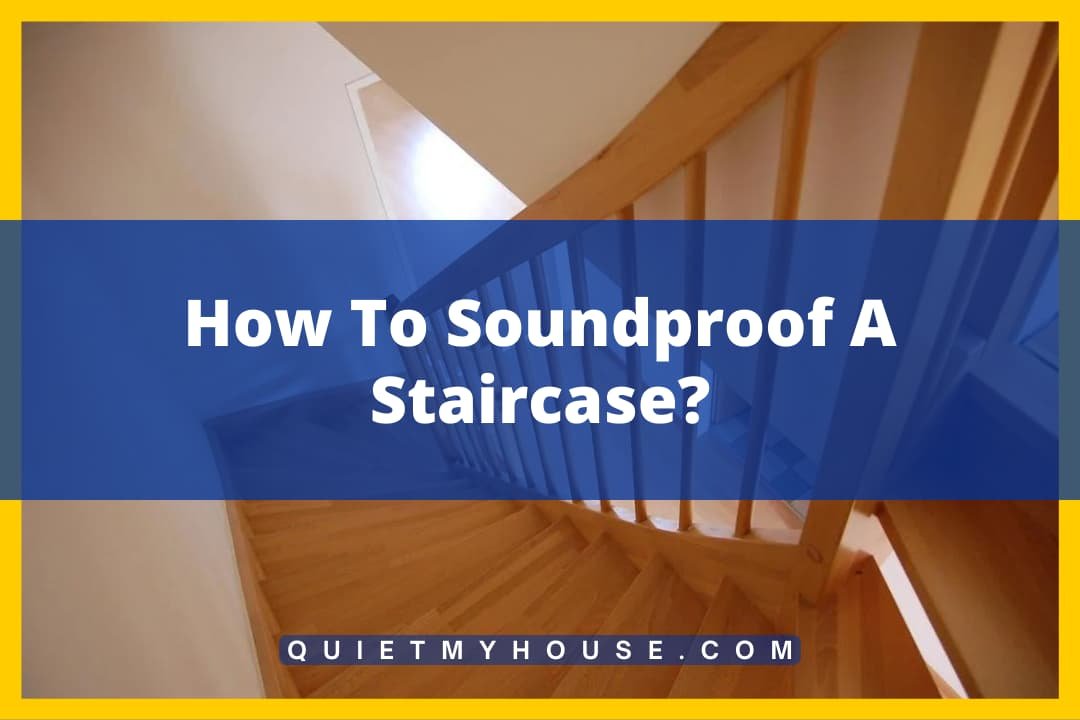Being in an echoing room is not the most pleasant experience, but there are ways to fix that. There are products you can purchase, but can simply opening up the window help fix the problem?
Opening windows can help with reducing echoes in a room because it allows the sound to escape and not bounce off the walls continuously. The sound will still bounce and echo, but opening windows and putting things like carpet, rugs, and furniture in the room can dampen the sound and echo.
Opening up a window can definitely reduce the echo in a room, but what else can be done to completely solve the problem and not just reduce it? We have the answer below.
Opening a Window or Door
There are some simple ways to reduce an echo, but they might not solve all of your problems, especially if you are in an empty room.
Empty rooms with hardwood floors are going to create a lot of noisy echoes. To fix that, you could start adding furniture. However, it takes a lot of money to fill a room with furniture. For the rooms in your home that have lots of echoes, what can you do?
The first thing you can do during the times you are in the home is to open the windows. This will allow the noise to escape somewhere and not just bounce around the walls looking for an opening.
Looking at this method with the science behind it, an echo is a noise traveling through the air, hitting a wall, and being reflected back at you. So, you can imagine that being in an empty room with hardwood floors creates a lot of space around you for echoes to occur. Opening a window can help that.
However, you should always make sure that when you are not home, the window is closed. You do not want to make it easy for intruders to enter your house, so make sure to close and lock your windows before you leave your house.
The next thing you can do for free to reduce echoing is to open the door to the room. Same idea as above, but we can forget about it.
Today, we are getting more and more comfortable with keeping doors closed that we forget that they can help solve our echo problem. We close doors to be more private, quiet, and comfortable, but keeping the door open can help if you have echoes in your home.
There are many ways to reduce and eliminate obnoxious echoes, but if you want to try to solve the issue before spending money, this is a good way to do that.
How Do Soundwaves Create Echoes?
Everyone has fun yelling “hello” into a canyon or cave and listening to themselves respond in an echo, but few people actually understand the science behind the movement of sound.
Learning about how sound works will help explain why echoes repeat a sound long after it’s been originally made.
The acoustics of a room essentially refers to the way that sound travels within the space. Sound waves bounce between flat surfaces until they are absorbed. These sound waves will bounce more in places that have many flat surfaces and few conductors, such as an empty room with a hardwood floor.
With plenty of walls, a ceiling, and a floor, the sound waves are able to bounce much more than they would in an open space or a room with absorbent materials to diminish the sound.
For example, sound can be represented by a bouncy ball thrown in an empty room: it will continue bouncing from surface to surface until it loses momentum or hits a soft surface. When sound travels, it bounces around in the same way.
When sound hits a soft surface like a canvas painting, curtains, a fabric rug, or a soft couch, it will absorb sound, just like a pillow could end the bouncing of a small rubber ball.
This bouncing between surfaces is what allows echoes to occur. Windows are smooth, hard surfaces that are perfect for bouncing. Just like a bouncy ball will bounce off a closed window, a sound wave will bounce off as well.
This makes echoes. The ball won’t bounce off of an open window; it’ll sail right through! Sound waves do the same thing, which is why open windows make a room echo less, and closed windows echo more.
That is why enclosed places with lots of walls make for great echoes! Mountain ranges, wells, empty rooms with hard floors, canyons, and caves are all prime examples of this occurrence.

Why Does Opening a Window Weaken the Echoes?
So, if sound bounces on hard surfaces, how can simply opening a window make any difference? The answer is simple: it opens a space for sound to leave, rather than continuing to bounce around the room.
An open door or window is an opening for sound to leave the room, ending its bouncing pattern rather quickly. However, as you may imagine, this is not a permanent or perfect solution to an echoing room.
Most rooms have significantly more wall space than can be accounted for by windows and even doors. These openings can create an escape for the sound but do not stop the sound until it bounces its way through the hole.
Another downside to the opening of a window or door is based on sounds created outside of the room itself.
If you live in a big city or near a busy road or neighbor, there may be more noise outside than there is inside! Keep this in mind when deciding to open all the windows; they allow sound to leave, but they are equally effective in taking in outside noise and sounds as well.
More Permanent Methods
While opening windows and doors can help somewhat in decreasing echoes, it will not solve the problem completely. One of the most effective ways to reduce the echoing in a room is to add other, softer surfaces for the sound to hit.
Purchasing canvas paintings and artwork, tapestries, rugs, soft furniture, long curtains, and other soft décor items can decrease the echoing in a room almost entirely! Be sure to choose artwork that does not have glass coverings behind the frames, as they provide a new flat surface for sound to bounce off of.




